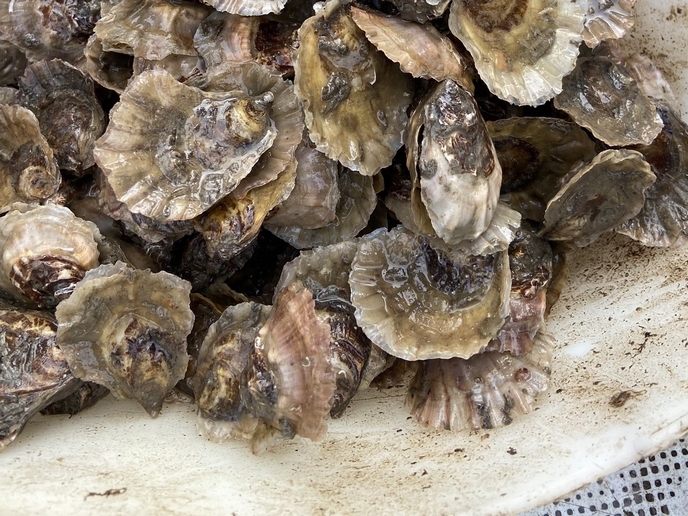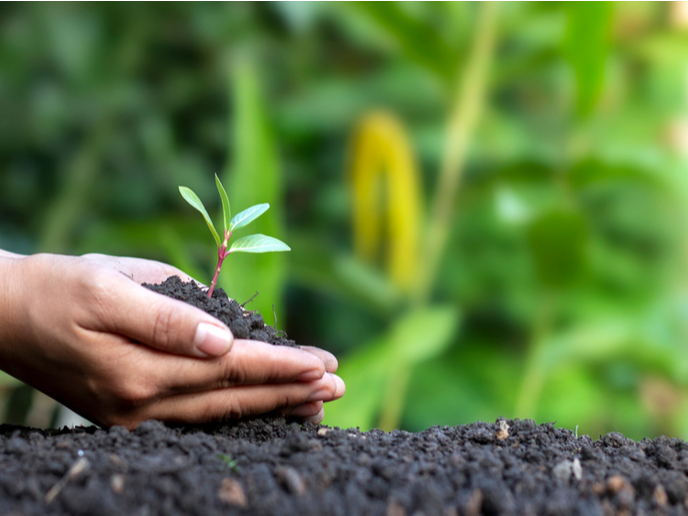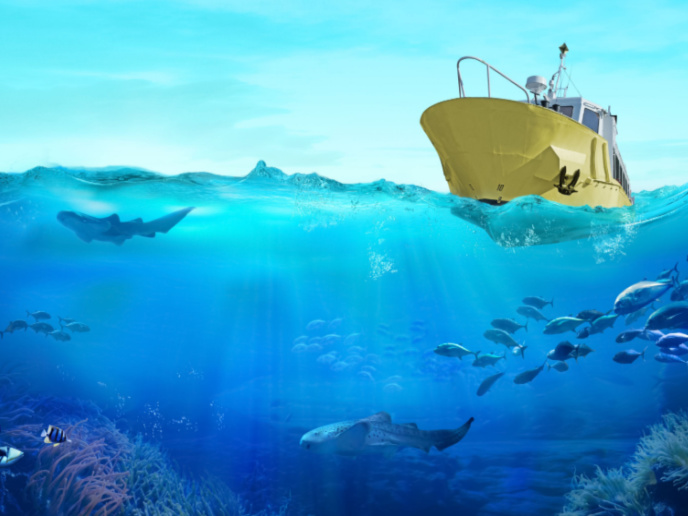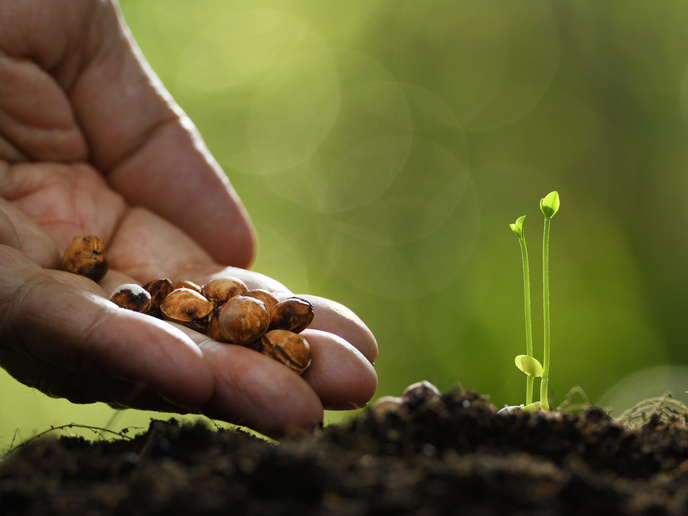Reviving oysters for coastal sustainability
Bivalve aquaculture, also known as shellfish farming, refers to the cultivation and harvesting of bivalve mollusks such as oysters, mussels, clams and scallops in aquatic environments. It is an important sector of the aquaculture industry and a promising avenue for sustainable seafood production as it addresses the problem of overfishing and the increasing protein demand of our population. However, there are environmental considerations associated with bivalve aquaculture that need to be addressed.
Restorative aquaculture of flat oysters
Undertaken with the support of the Marie Skłodowska-Curie Actions (MSCA) programme, the MAREA project proposes to combine native oyster restoration with mussel aquaculture. This will be achieved by reintroducing native flat oyster reefs of the Ostrea edulis species alongside existing mussel culture sites. “Our main goal was to achieve economic returns while preserving the integrity of the reef and its valuable ecosystem services,” emphasises host project investigator Roberto Pastres. As a first step, researchers have assessed the current state of restorative aquaculture and the feasibility of growing native oysters under the prevailing conditions, considering environmental factors and water quality. Particular emphasis has been given to the establishment of a fully localised culture chain by optimising all stages of oyster farming, from hatchery production to harvest. Additionally, researchers have quantified the ecosystem services associated with this approach, with a particular focus on evaluating carbon fluxes and biodiversity impacts. This assessment will provide valuable insights into the positive environmental contributions of the farming activities. “Involvement of the farmers and citizens will ensure the development of a sustainable supply chain that aligns with the workforce needs and aspirations of the community,” outlines the MSCA research fellow Camilla Bertolini.
Satellite-based prediction of collectors
Results show that flat oysters can grow and reproduce under current conditions in the Venice Lagoon pilot site. The team has placed collectors strategically at different sites to provide a suitable surface for oyster larvae (spat) to settle and attach themselves in the aquatic environment. Further investigation of the impact of collector positioning on oyster growth will help improve restorative aquaculture guidelines. Additionally, researchers have observed reproductive adults throughout most of the year and created a model that uses satellite-derived data to predict where spat will settle based on swarming timing. This modelling approach can be useful for extrapolating findings to other regions. Moreover, it can be used to quantify carbon fluxes associated with shellfish growth, contributing to our understanding of the role of shell calcification in the carbon budget of a farm.
Raising awareness on the role of oysters
The project has achieved a significant milestone by raising awareness among farmers and consumers about the potential role of native oysters in the local economy. This has been instrumental in encouraging a shift towards more sustainable choices. The team also authored a children’s book to explain the fascinating life cycle of oysters, which begins as planktonic organisms searching for suitable substrate to settle on. MAREA has successfully formed connections with international partners, including the Native Oyster Restoration Alliance group, and has identified local partners interested in expanding oyster aquaculture and restoration efforts. Collectively, MAREA activities will pave the way towards the development of a thriving coastal ecosystem.
Keywords
MAREA, aquaculture, mussel, restorative aquaculture, flat oyster, oyster farming, coastal ecosystem, Ostrea edulis







